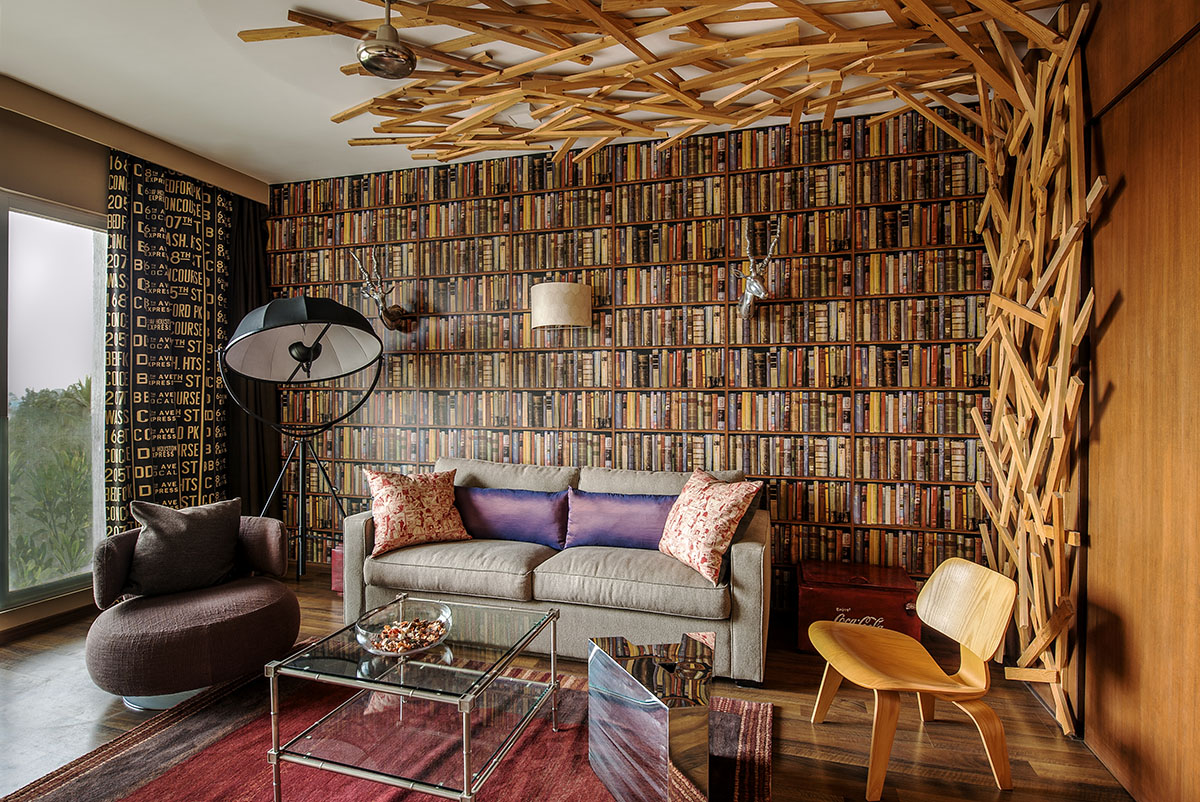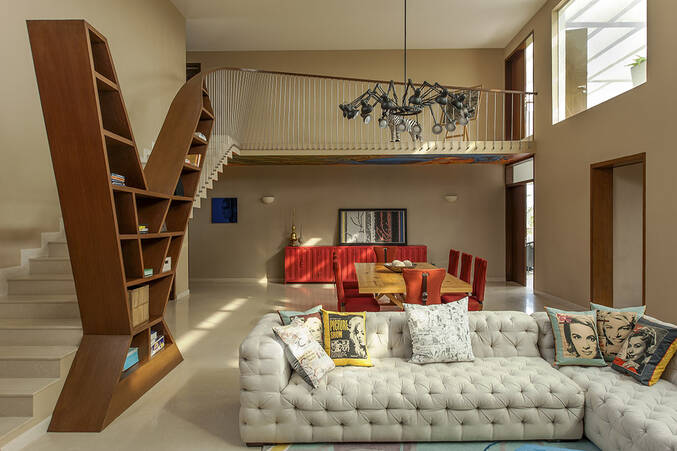Photographs: Annkur Khosla
The eclectic theme embraces a variety of patterns, styles and colours. However, if you go overboard, it may lead to a design disaster. Architect Annkur Khosla gives you simple tips on how to balance things to achieve the perfect eclectic look.
1. In terms of graphic patterns usage, be careful not to mix too many styles of patterns. For instance, if you have chevron pattern on the floor, then be careful that the walls consciously continue the lines of pattern or then they do something abstract so that there is no confusion.
2. If you choose to use lots of pattern and graphics to create the eclecticism, then consciously provide balance/break through solid colours and forms.
3. Be clear of the colour story. Do not try too hard to use all the colours of the spectrum because you want the space to look cool or different. It needs to have the breathing space in terms of scale, to allow one to appreciate the usage of bold and bright colours. Rooms with low ceilings cannot handle too much of contrasting and bold colours.
 An eclectic interior embraces a variety of styles: a straight-lined steel and glass table lies in the same space as a kitschy wall and ceiling wood wrap.
An eclectic interior embraces a variety of styles: a straight-lined steel and glass table lies in the same space as a kitschy wall and ceiling wood wrap.
4. Decide the style of the interior you are steering towards in the project – is it vintage, grunge , Memphis, mid-century modern, etc. Have an understanding of the style of furniture you are consciously picking to create the assemblage. Then when you place them together, it has more meaning and you will also be able to balance styles.
5. In the ensemble, accessorisation is equally important. It can function as a link between color schemes or styles. If you already possess certain accessories, see which ones you wish to display and which to store for future use. This way, you can create a completely different story the next time choosing the next set of accessories. Just because you have and like something does not mean that everything needs to be displayed. Also, it will add certain dynamism to your space in terms of change with seasons and trends.
6. Do a try and test if you are trying to do a DIY. Take an image of your work and review if you have been able to create a balance of it.


















